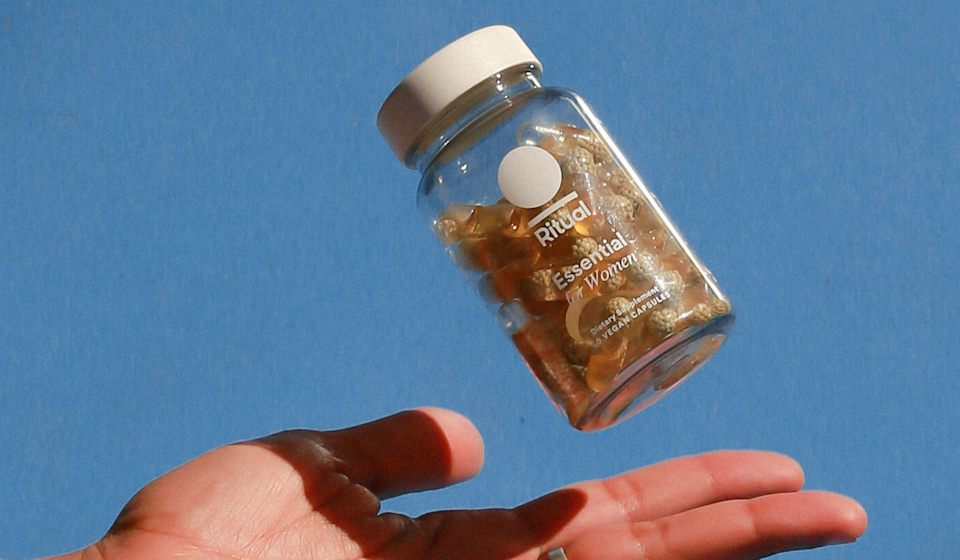Swap single-use products for zero-waste reusables
"Although convenient, single-use products such as paper towels, tissues, and water bottles create exorbitant amounts of waste," Seferian says. "Buying into single-use makes us constant consumers, too, which results in spending money unnecessarily every time we replace these items." Instead, she suggests making zero-waste swaps such as using handkerchiefs in place of tissues, creating DIY cloth napkins out of ripped sheets or old clothes, or opting for coffee brewed with a french press rather than a drip machine with a disposable filter.
Zero-waste refill stations—stores that invite you to restock on home essentials like dish soap, detergent, and shampoo, using your own containers—are also growing in popularity, so it might be worth doing a little googling to see if there’s one in your area.
Swap a green lawn for native plants
Lush, green lawns look good, but they require a lot of resources to maintain, namely water use and gas to power lawn mowers, making an environmental impact. Dr. Dodds advocates for native plants instead as they'll survive better in the natural climate and require a lot less maintenance. Also, Dr. Dodds says, "native plants are more useful to your local ecosystems. All the animals and insects in your neighborhood have evolved to coexist and thrive off of these plants. You're doing your part to sustain the local butterfly or bunny population."
Swap your cleaning schedule to earlier in the day
Large appliances such as washing machines and dishwashers are energy-intensive, and most people tend to use them in the evening, right after work. As a result, Dr. Dodds says, "peaker plants, which spew two or three times more CO2 into the atmosphere, typically turn on between 5-9 pm to meet demand." Peaker plants are power plants that are reserved specifically for these times of high-demand—so consider choosing another time to do your laundry, which could potentially lighten the environmental load. (1)
Swap halogen or fluorescent for LED light bulbs
The lightbulbs you use in your home also make a difference in living a sustainable lifestyle. Exhibit A: LED light bulbs require use up to 75% less energy than incandescent, and last about 25 times longer. That’s a pretty significant cut to your electric load, especially if your energy is coming from non-renewable resources. Less energy means less carbon dioxide emissions—all because you decided to change a lightbulb. (2,3)
Swap supermarket staples for local food
Your local grocery store may be full of all the non-GMO, organic foods you love, but you'd be remiss not to think about all the energy it took to transport the food there. That's why Seferia recommends challenging yourself to shop farmer's markets instead and eat what's local and in season. "For 30 days, forego items grown thousands of miles away that travel for days, literally, on refrigerated, diesel-burning trucks," she says. "Find enjoyment in this swap by experimenting in the kitchen and making slow dinners the highlight of your days." Getting creative in the kitchen and using up everything in your fridge will also help reduce food waste. Bonus points if you also grow your own food, follow a vegan diet, or practice composting.
Resources:
- Woody, T. (2009, July 14). "Smart" appliances that talk to the grid are coming your way soon. Retrieved from Grist
- LED Lighting. (n.d.). Retrieved from Energy.gov
- LED Scale-up. (2017, April 13). Retrieved from The Climate Group







